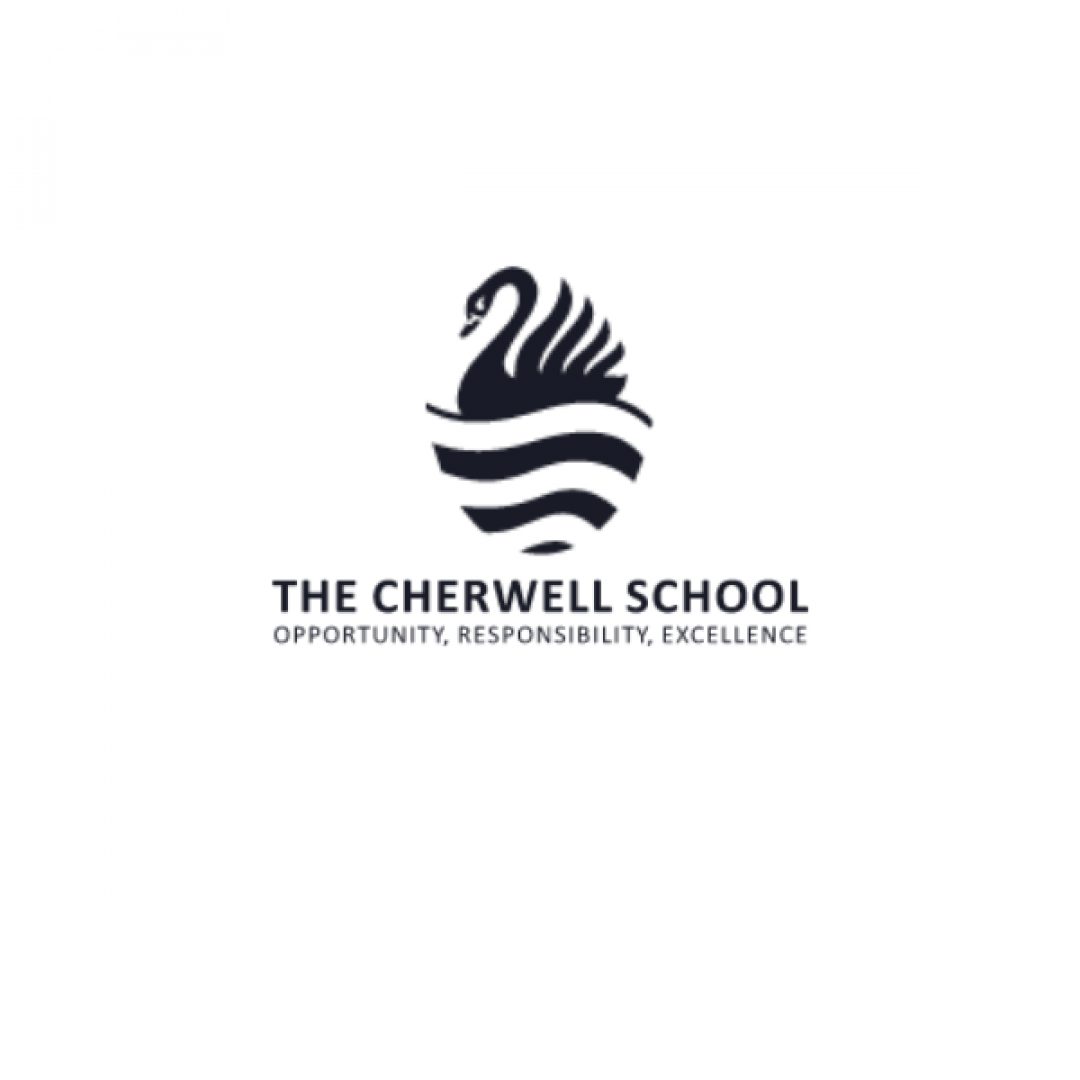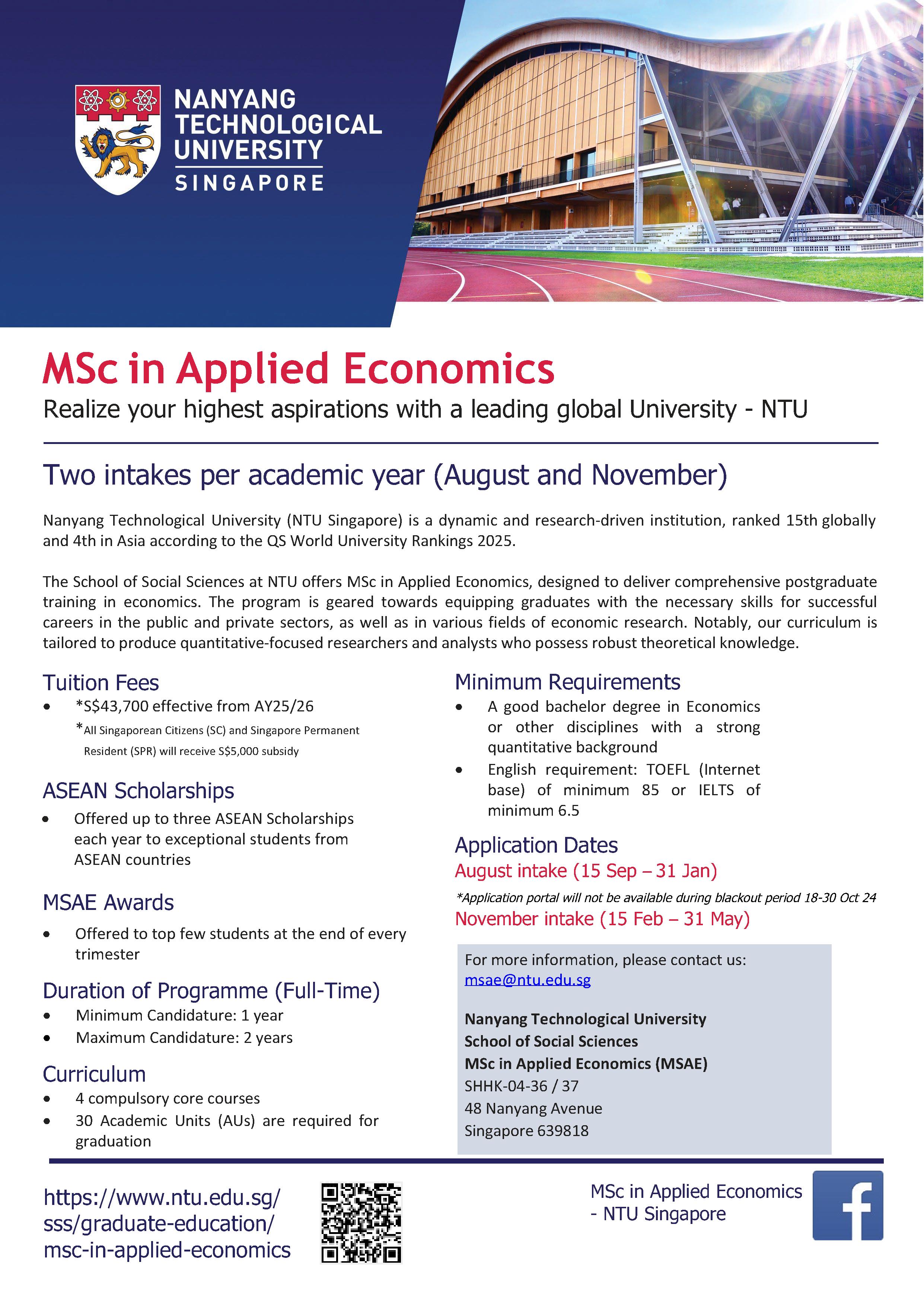Applications are invited from early-career research scientists, engineers, technologists and mathematicians for the opportunity to exhibit at the Parliamentary & Scientific Committee’s STEM for Britain 2025 event, which will take place in the Houses of Parliament on Tuesday 11th March 2025, during British Science Week.
On Lusztig’s local Langlands correspondence and functoriality
Abstract
In ’95 Lusztig gave a local Langlands correspondence for unramified representations of inner to split adjoint groups combining many deep results from type theory and geometric representation theory. In this talk I will present a gentle reformulation of his construction revealing some interesting new structures, and with a view toward proving functoriality results in this framework.
Ring-theoretic properties of affine and graded Hecke algebras
Abstract
After recalling how Hecke algebras occur in the representation theory of reductive groups, we will introduce affine Hecke algebras through a combinatorial object called a root datum. Through a worked example we will construct a filtration on the affine Hecke algebra from which we obtain the graded Hecke algebra. This has a role analogous to the Lie algebra of an algebraic group.
We will discuss star operations on these rings, with a view towards the classical problem of studying unitary representations of reductive groups.
16:00
The McCullough-Miller space for RAAGs
Abstract
The McCullough-Miller space is a contractible simplicial complex that admits an action of the pure symmetric (outer) automorphisms of the free group, with stabilizers that are free abelian. This space has been used to derive several cohomological properties of these groups, such as computing their cohomology ring and proving that they are duality groups. In this talk, we will generalize the construction to right-angled Artin groups (RAAGs), and use it to obtain some interesting cohomological results about the pure symmetric (outer) automorphisms of RAAGs.




